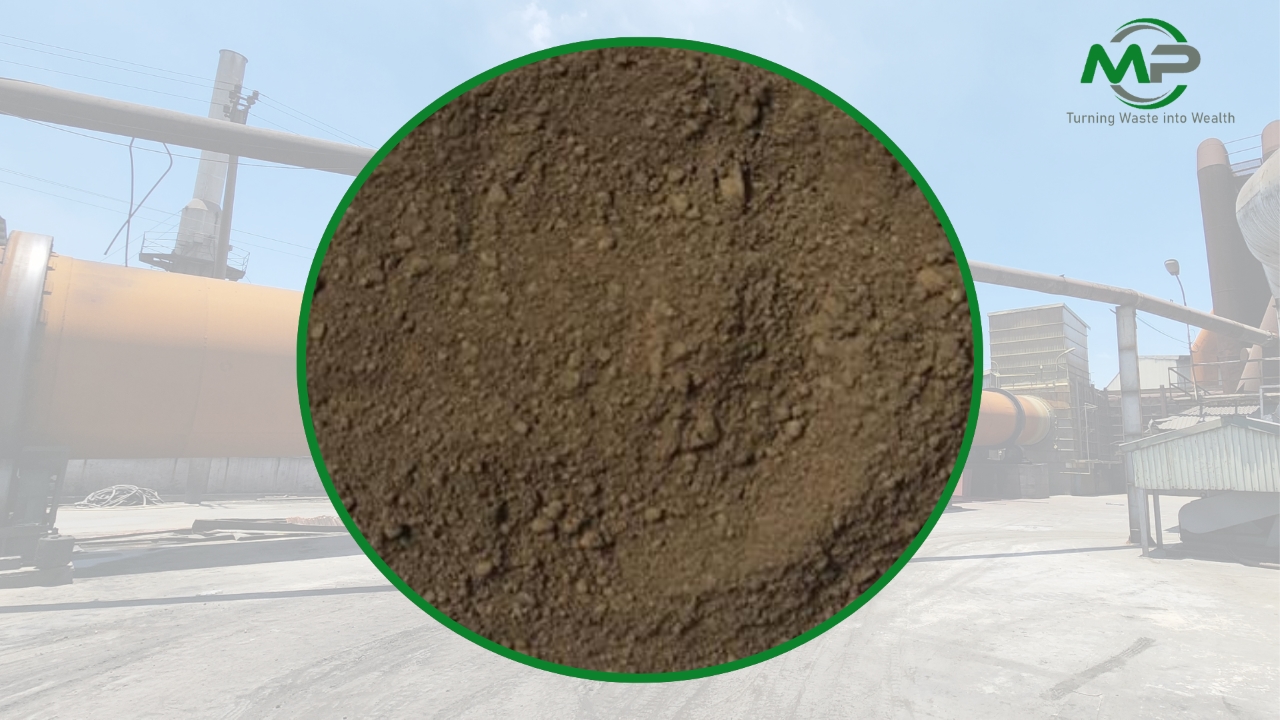
Analysis of EAF Dust Export and Import Processes
EAF Dust (Electric Arc Furnace Dust – EAFD) is a by-product generated from the steelmaking process in electric arc furnaces. Rich in zinc and other metals, EAF Dust is categorized as hazardous waste due to its lead and cadmium content, making its handling, export, and import subject to strict environmental regulations. However, because EAFD contains valuable recoverable zinc, many companies trade EAFD across borders to recycle and recover zinc through processes like the Waelz kiln.
The export and import of EAF Dust involve several steps and require compliance with international and national regulations. Proper documentation, permits, and environmental safety measures are essential for companies involved in this trade. Below is an overview of the key processes and regulations involved in the export and import of EAFD.
1. Regulatory Compliance
One of the first steps in the export and import of EAF Dust is ensuring compliance with environmental laws. Since EAFD is classified as hazardous waste, its transport is regulated by international agreements like the Basel Convention, which governs the transboundary movement of hazardous waste. Countries that are signatories to the Basel Convention must follow strict guidelines for exporting and importing hazardous materials, including proper labeling, safe handling, and disposal plans.
For example, in the European Union, EAFD exports are regulated under the Waste Shipment Regulation, which requires companies to notify both the exporting and importing countries and obtain consent before any shipments can take place.
2. Export Documentation
Exporting EAFD requires a variety of documents to ensure compliance with international trade laws and environmental safety regulations. These documents typically include:
- Material Safety Data Sheet (MSDS): A detailed description of the hazardous material, including its chemical composition and handling guidelines.
- Export Permits: Issued by the exporting country’s environmental authority to authorize the shipment of hazardous waste.
- Shipping Documents: These include a bill of lading, commercial invoice, and packing list, which describe the contents of the shipment and are required for customs clearance.
In countries like the United States, exporters of EAFD must submit detailed reports to the Environmental Protection Agency (EPA) outlining the volume, destination, and recycling process of the exported EAFD.
3. Import Procedures
For the importing company, compliance with local environmental laws is crucial. The company must also verify that the exporter has the necessary permits to ship hazardous materials. Importers typically must secure the following:
- Import Permits: Issued by the importing country’s environmental authorities to allow the entry of EAFD for recycling or disposal.
- Customs Clearance: Customs authorities in the importing country will review the shipment to ensure it meets all regulations. Importers may also be required to pay duties or fees related to hazardous waste management.
Some countries, especially those with advanced recycling facilities, have streamlined processes for importing EAFD, as they have the necessary technology to safely process and recycle the material.
4. Logistics and Transport
Transporting EAFD involves special handling and logistics due to its hazardous nature. Specialized containers that meet international safety standards are required to prevent leakage or contamination during transport. Companies must use certified carriers who are trained in the handling of hazardous materials.
Additionally, shipping routes and storage facilities must comply with environmental regulations to avoid accidents or environmental damage. Often, companies will work with logistics providers who specialize in transporting hazardous waste to ensure that the EAFD reaches its destination safely and efficiently.
5. Recycling and Processing Facilities
Once EAFD is imported, it is typically processed in recycling facilities that specialize in zinc recovery. These facilities use processes like the Waelz kiln or other advanced methods to extract zinc, which is then used in industries such as construction, rubber, and chemicals.
Countries like South Korea, Germany, and Mexico have advanced recycling plants that specialize in zinc recovery from EAFD. These plants play a crucial role in reducing the environmental impact of steel production by transforming waste into valuable raw materials.
Examples of Companies Involved in EAFD Export and Import
- Befesa Zinc (Spain): Befesa is a major player in the global recycling of EAFD, exporting EAFD from various European steel mills to its recycling plants in Spain, Germany, and South Korea. The company uses the Waelz kiln process to recover zinc from EAFD, making it a leader in the circular economy.
- Steel Dust Recycling (SDR) (United States): SDR is involved in the collection of EAFD from steel producers in the United States, some of which is exported to international recycling facilities. SDR’s ability to handle large volumes of EAFD and meet environmental regulations makes it a key player in the EAFD trade.
- Zinc Nacional (Mexico): Zinc Nacional imports EAFD from neighboring countries in Latin America and the United States to its recycling facilities in Mexico. The company specializes in the Waelz kiln process, which enables it to recover zinc from imported EAFD, producing zinc oxide for a range of industries.
- Nexa Resources (Brazil): Nexa Resources exports EAFD from Brazil to international recycling plants, primarily in Europe and Asia. The company’s global supply chain allows it to leverage recycling technology to recover valuable metals from EAFD while maintaining a strong focus on environmental sustainability.
Conclusion
The export and import of EAFD are essential to the global recycling industry, helping to recover valuable zinc and reduce environmental waste. However, these processes are subject to strict regulations and require careful handling, documentation, and compliance with international laws. Companies like Befesa Zinc, Steel Dust Recycling, Zinc Nacional, and Nexa Resources are at the forefront of the EAFD trade, leveraging advanced recycling technology and regulatory expertise to manage the complex logistics of handling this valuable, yet hazardous, material.


